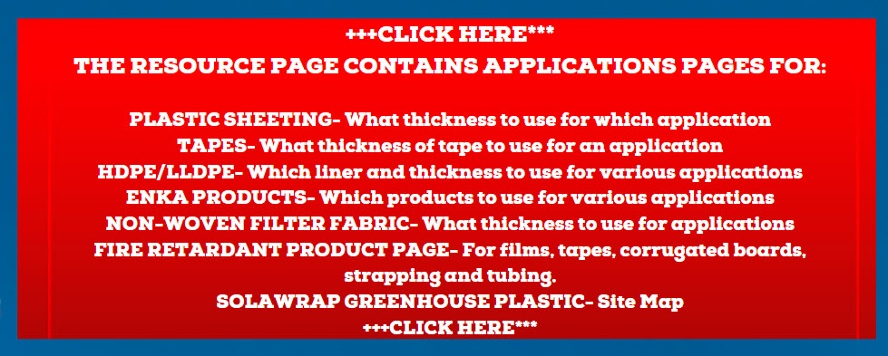Polypropylene:- How is it Unique?
Polypropylene, also known as polypropene, stands as a remarkable form of plastic, just like its counterpart, polyethylene. However, what sets polypropylene apart from polyethylene is its unique ability to become pliable when molded above a certain temperature and revert to a solid state when cooled. This extraordinary characteristic opens up a world of possibilities for various applications, making it not only a structural plastic but also a versatile fiber with an exceptional high melting point.
One of the standout features of polypropylene is its "good resistance to fatigue," allowing it to endure repeated motions flawlessly. It serves as a reliable hinge material that can be opened and closed countless times without losing its integrity, making it ideal for applications requiring durability.
Moreover, polypropylene can be combined with other materials, similar to polyethylene, to enhance its properties further. Adding rubber, for instance, can increase its pliability, while the incorporation of minerals presents a game-changing opportunity. With mineral additives, polypropylene transforms into synthetic paper, a groundbreaking concept that merges the durability and water resistance of plastic with the functionality of traditional paper. This environmentally friendly synthetic paper can be printed on, folded, hot-stamped, die-cut, sewn, and more, making it an ideal material for a wide range of products, including banners, membership cards, maps, menus, phone cards, signs, tags, floor graphics, counter mats, and booklets.
Polypropylene has found extensive use in the automotive and packaging industries, and its significance in the food industry cannot be understated, as it serves as a vital material for producing bottles, food containers, food crates, and pallets.
Beyond these applications, polypropylene's versatility knows no bounds. It plays a crucial role in creating household items, appliances, toys, as well as carpeting and upholstery, adding both functionality and aesthetics to daily life.
Comparatively, polyethylene, with its inert and translucent nature, offers unique advantages over polypropylene. It is an excellent candidate for housing collectible documents, given its ability to remain "inert" and prevent mold or mildew formation. Moreover, polyethylene's lower static charge attracts less dust and dirt, making it an attractive choice for various applications.
In summary, while polyethylene boasts optical clarity and better performance in cold temperatures, polypropylene shines with its resistance to fatigue and ability to take on repeated motions. Both plastics have their unique attributes and applications, providing a diverse range of solutions for various industries.
Polyethylene and polypropylene's shared physical properties include their lightweight nature and resistance to cracking, acids, organic solvents, and electrolytes. However, polyethylene can be produced optically clear, whereas polypropylene remains translucent like a milk jug. Moreover, polyethylene serves as a good electrical insulator but tends to become electrostatically charged, which can be mitigated with graphite, carbon black, or antistatic agents. On the other hand, polypropylene is generally stiffer and more resistant to chemicals and organic solvents compared to polyethylene.
Understanding these unique attributes and differences between polyethylene and polypropylene allows us to harness their full potential, offering a wealth of opportunities for innovative applications and solutions across various industries.



